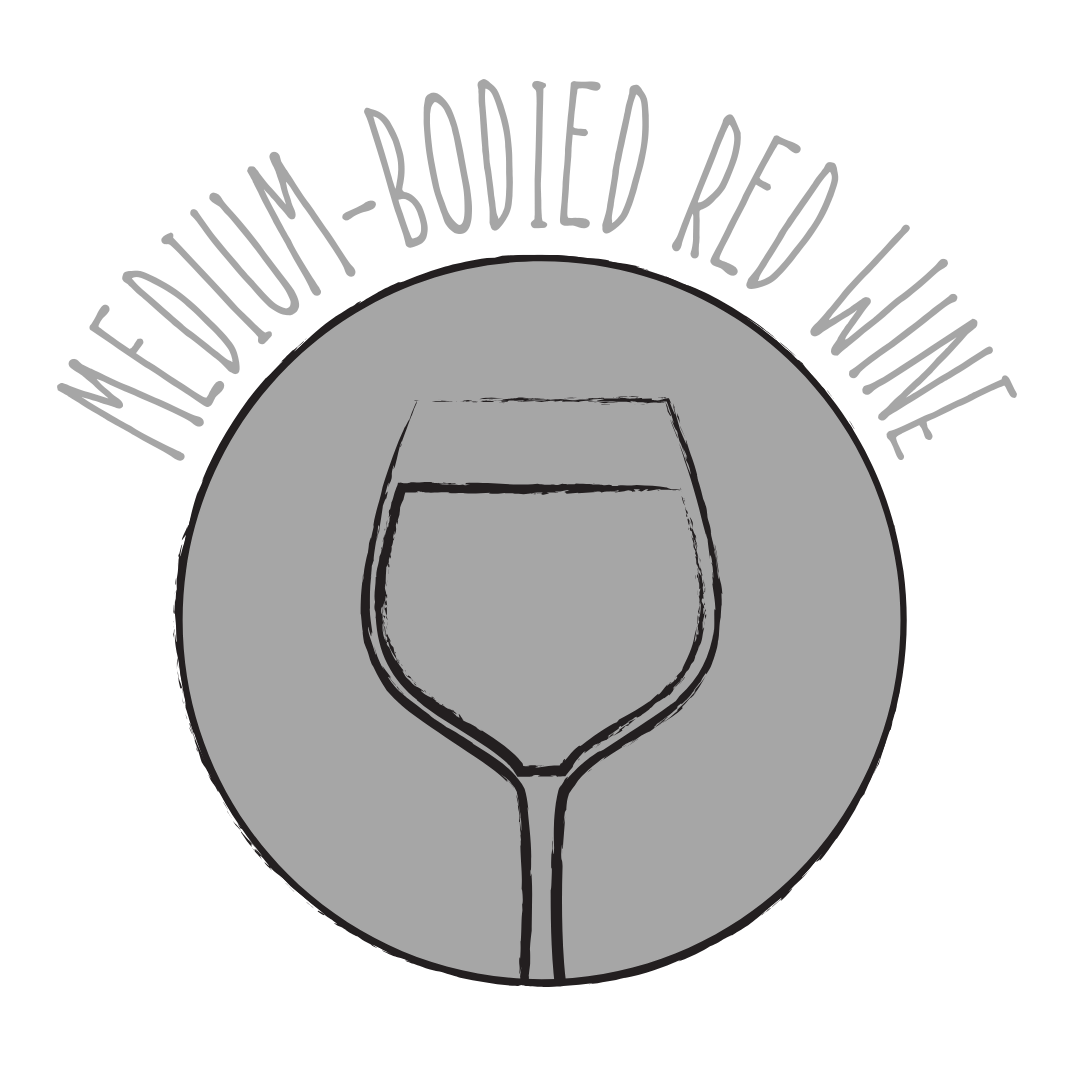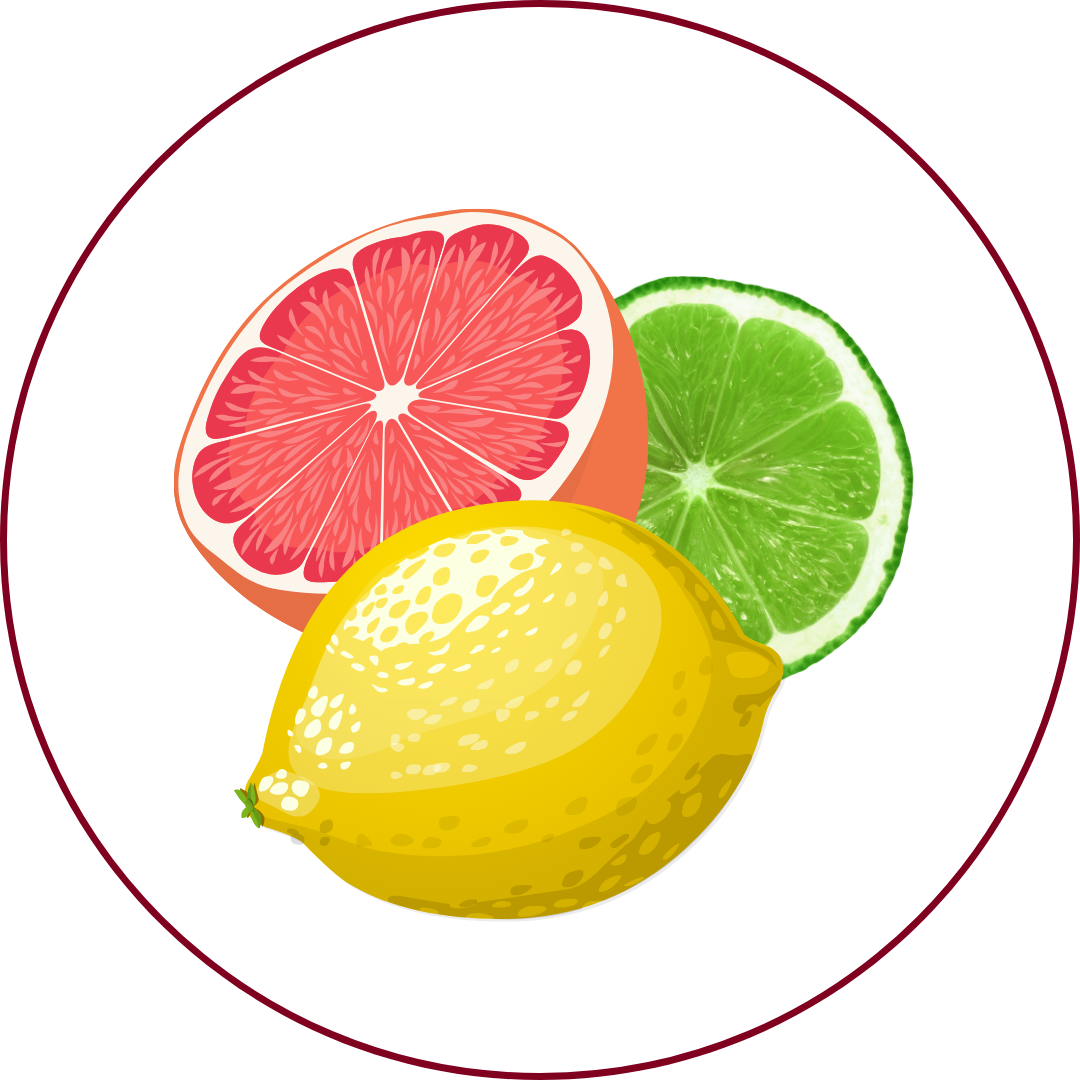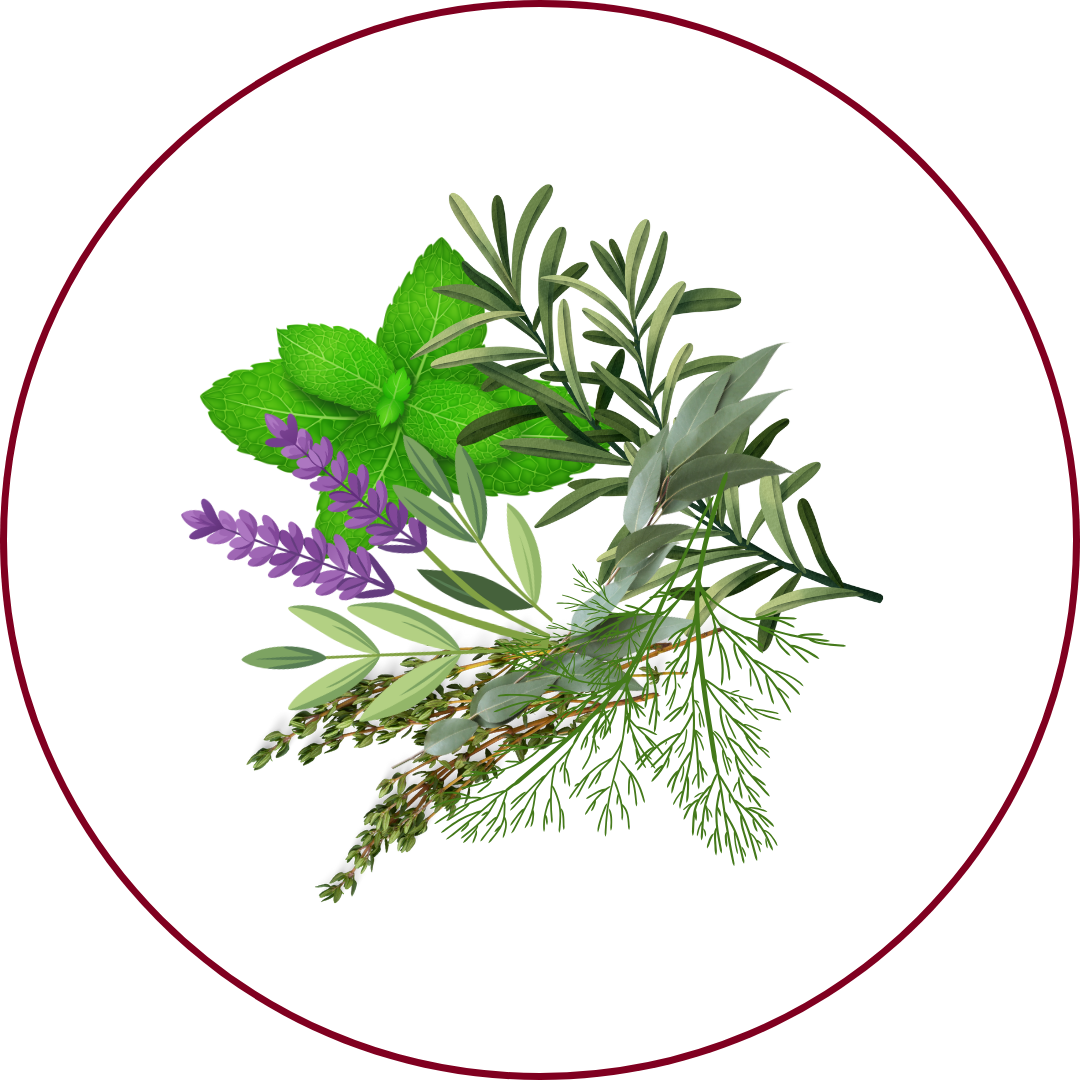Grape Variety
Juhfark
"yooh-fahrk"
Wine Styles
 Sparkling
Sparkling Light White
Light White Full White
Full White Aromatic
Aromatic Rosé
Rosé Light Red
Light Red Medium Red
Medium Red Full Red
Full Red Dessert
DessertAbout Juhfark
Origin
Hungary
History
Juhfark is an ancient Hungarian white grape variety, with its name meaning 'sheep's tail' in Hungarian, referring to the elongated, cylindrical shape of its grape clusters. It is primarily grown in the Somló wine region, located in northwest Hungary, where the volcanic soils impart a distinctive minerality to the wines. Historically, wines made from Juhfark were believed to have medicinal properties and were associated with promoting the conception of male heirs, earning it the nickname 'wedding night wine'.
Appearance
Elongated, cylindrical clusters of pale green grapes, resembling a sheep's tail.
Growing Traits
Juhfark is a high-yielding variety that thrives in volcanic soils, particularly in the Somló region. It is known for its high acidity and ability to reflect the terroir, producing wines with pronounced minerality. The grape is susceptible to diseases like mildew, requiring careful vineyard management.
Wine Characteristics
Body
3/5
Sweetness
1/5
Tannin
0/5
Acidity
4/5
Alcohol
2/5
Medium-bodied with a firm structure, offering a balance between fruitiness and pronounced minerality. Typically dry, emphasizing its crisp and refreshing character. Negligible tannins, as it is a white wine variety, resulting in a smooth and clean finish. High acidity, contributing to its freshness and enhancing its aging potential. Moderate alcohol content, generally ranging between 12% and 13%, providing a balanced and approachable character.
Taste Profile

Green Apple

Citrus

Herbal

Floral

Mineral
Juhfark wines are characterized by their high acidity and pronounced minerality, often exhibiting flavors of green apple, citrus, and subtle herbal notes. With age, they can develop additional complexity, including floral and honeyed aromas. The volcanic soils of the Somló region impart a distinctive smoky and stony character to the wines, making them unique and terroir-expressive.
Food Pairing
Juhfark's high acidity and mineral-driven profile make it an excellent companion for rich and fatty dishes. It pairs well with traditional Hungarian cuisine, such as hearty meat dishes, creamy soups, and dishes featuring sour cream. Its crispness also complements seafood, poultry, and spicy Asian cuisine. Additionally, Juhfark wines with some residual sugar can pair nicely with offal and liver dishes.
Growing Regions

Hungary
SomlóBalaton HighlandsEtyek-BudaPécs
Notable Wines & Producers
Fekete Pince Juhfark
Fekete Pince
Kolonics Juhfark
Kolonics Winery
Tornai Juhfark
Tornai Winery
Juhfark FAQ
Common questions about this grape variety
What is the origin of Juhfark?
+
Hungary
Is Juhfark wine full bodied?
+
Juhfark has a body level of 3 out of 5. Which means that Juhfark is Moderate bodied.
Is Juhfark wine dry or sweet?
+
Juhfark has a dryness level of 1 out of 5. Which means that Juhfark is Dry.
Where is Juhfark wine from?
+
Hungary
Where is Juhfark grown?
+
Juhfark is grown in Hungary (Somló, Balaton Highlands, Etyek-Buda, Pécs).
What is Juhfark like?
+
Juhfark wines are characterized by their high acidity and pronounced minerality, often exhibiting flavors of green apple, citrus, and subtle herbal notes. With age, they can develop additional complexity, including floral and honeyed aromas. The volcanic soils of the Somló region impart a distinctive smoky and stony character to the wines, making them unique and terroir-expressive.
What does Juhfark pair with?
+
Juhfark's high acidity and mineral-driven profile make it an excellent companion for rich and fatty dishes. It pairs well with traditional Hungarian cuisine, such as hearty meat dishes, creamy soups, and dishes featuring sour cream. Its crispness also complements seafood, poultry, and spicy Asian cuisine. Additionally, Juhfark wines with some residual sugar can pair nicely with offal and liver dishes.
What does Juhfark taste like?
+
Juhfark wines are characterized by their high acidity and pronounced minerality, often exhibiting flavors of green apple, citrus, and subtle herbal notes. With age, they can develop additional complexity, including floral and honeyed aromas. The volcanic soils of the Somló region impart a distinctive smoky and stony character to the wines, making them unique and terroir-expressive.
Take Juhfark Knowledge with You
Access detailed grape profiles, tasting notes, and pairing suggestions on your iPhone.
Download on theApp Store